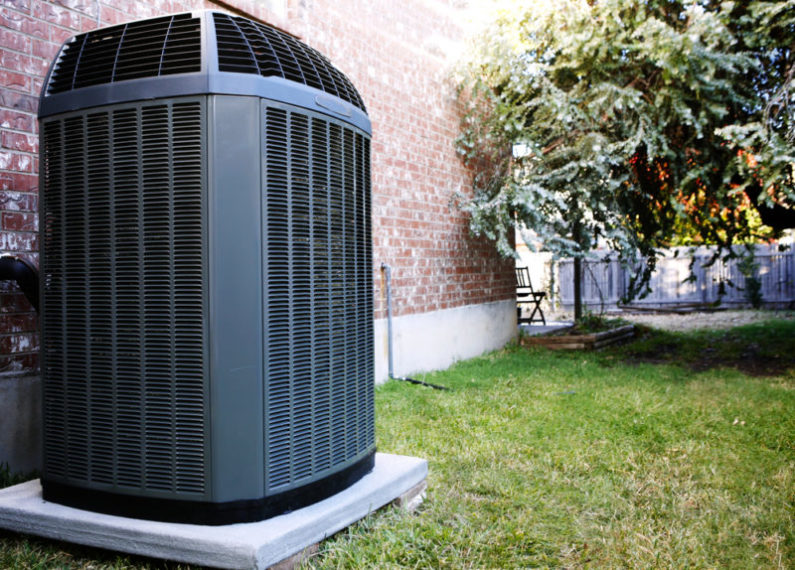You know your air conditioner keeps your Windermere, Florida, home cool and comfortable during the hot summer months, but have you ever wondered how it works? Did you know that your refrigerator and your air conditioner primarily work in the same way? In this article, we will discuss how your air conditioner works to keep your home cool.
Air Conditioner Basics
Your air conditioner system provides cool air by means of a process that draws the warm air out, removing the heat from your home. Air conditioners use a simple scientific process; as liquid converts to a gas, it absorbs heat. They force refrigerants to evaporate and condense over and over again in a closed coil system. The properties in the refrigerants allow them to change at low temperatures. They also have fans which move warm indoor air over the cooling refrigerant coils.
Central air conditioners make use of ducts. They have a whole system of ducts which funnel air to and from these snake-like, air-chilling coils.
When warm air flows over the cold evaporator coils, the refrigerant absorbs the heat as it converts from a liquid to gas-like state. The air conditioner converts the gas back into a liquid form to cool it. For the compressor to do this, it must put the gas under high pressure, creating unwanted heat. A second set of condenser coils and fans then redirects this extra heat outdoors. As the gas cools, it changes back into a liquid.
This cycle repeats continuously. Refrigerant or cooling fluid removes the heat and chills the indoor air. This results in gas being continually compressed and cooled and is converted back into a liquid while removing the heat.
Parts Making Up Your Air Conditioner
Your air conditioner has three main parts:
- Evaporator: receives the liquid refrigerant.
- Condenser: opens the way for heat transferral.
- Compressor: pressurizes refrigerant.
The condenser and compressor are normally part of the outdoor unit of your air conditioner while the evaporator is part of the indoor unit.
The indoor unit, typically located in a basement or closet, consists of a coil box containing the evaporator. The evaporator receives the liquid refrigerant and allows it to evaporate, absorbing heat. Once the indoor heat is absorbed, only cool air remains, which is sent back into your home. Think of boiling water on the stove. The water absorbs the heat from the heating element on your stove and boils. The same process happens in the evaporator; the refrigerant absorbs heat from your home. Thus, both refrigerant and water convert from liquid into gas as they absorb heat.
The outdoor unit contains the condenser coil, compressor, and a fan which all work together to disperse the heat from inside. The compressor is a pump which pressurizes refrigerant. Indoor heat is transferred to the refrigerant then pumped to the outdoor unit. As the heat is absorbed and transferred to the outdoor coil by the refrigerant, it passes through the compressor.
The compressor’s main job is to move the refrigerant throughout the system. This is an important job as this allows the refrigerant to be reused to cool your home. The refrigerant is compressed under high pressure, then the compressor moves it through the outdoor coil, otherwise known as the condenser. As the refrigerant goes through the condenser, a fan transfers ambient air across the condenser coil, cooling it.
As the process finishes, indoor heat is dispersed outdoors. The refrigerant is then pumped back inside, and the process starts again. Did you know that keeping your home cool is more about removing excess heat than increasing cold air?
The good news is that you don’t have to completely understand how your air conditioner works to enjoy its effects. At E.C. Waters Air Conditioning & Heat, we can help you with your air conditioning system or answer your questions. We are here to provide our customers with professional installations, quality repairs, routine maintenance and exceptional service. Call us today at (407) 603-9144.
Image provided by Shutterstock





